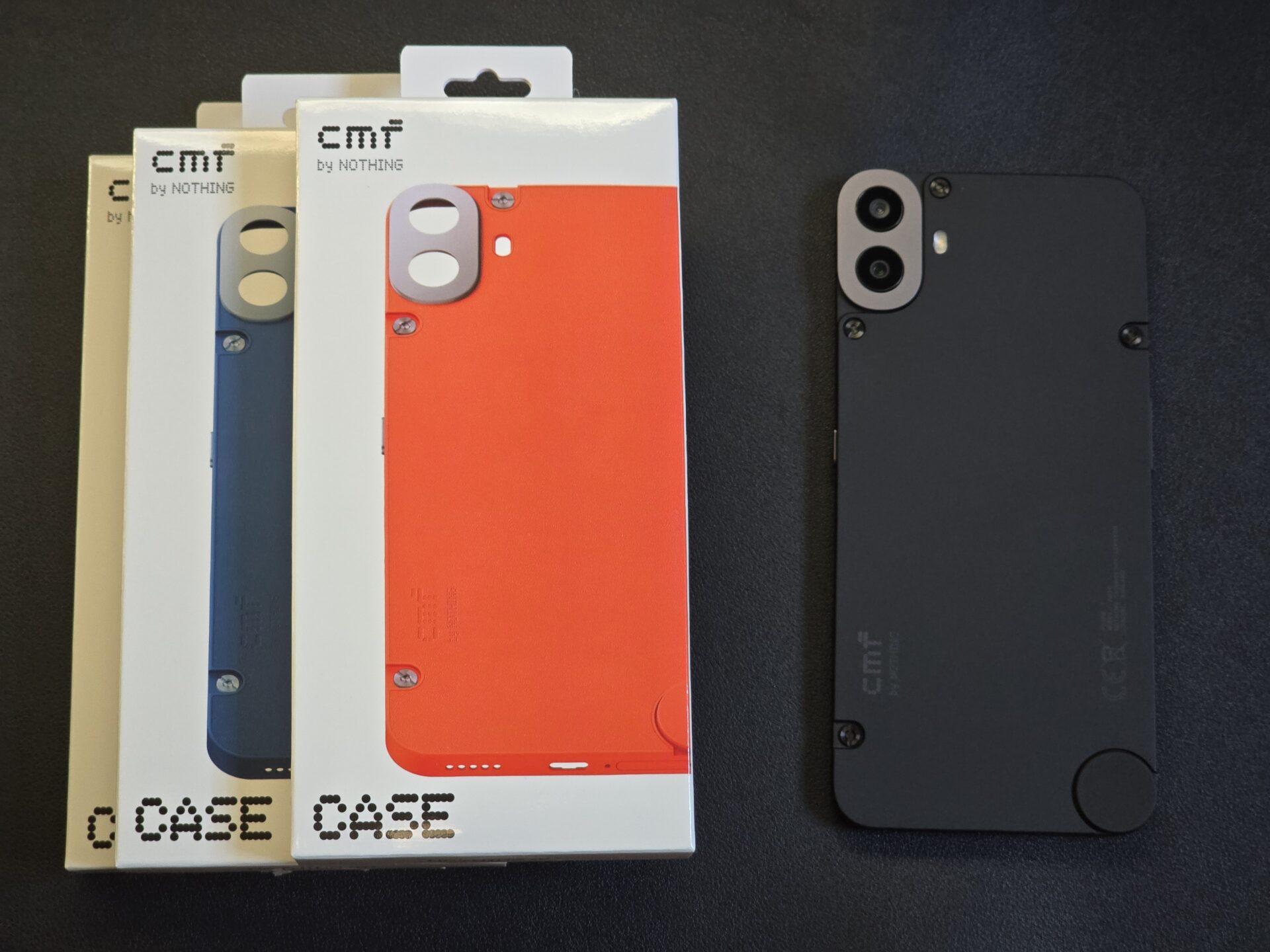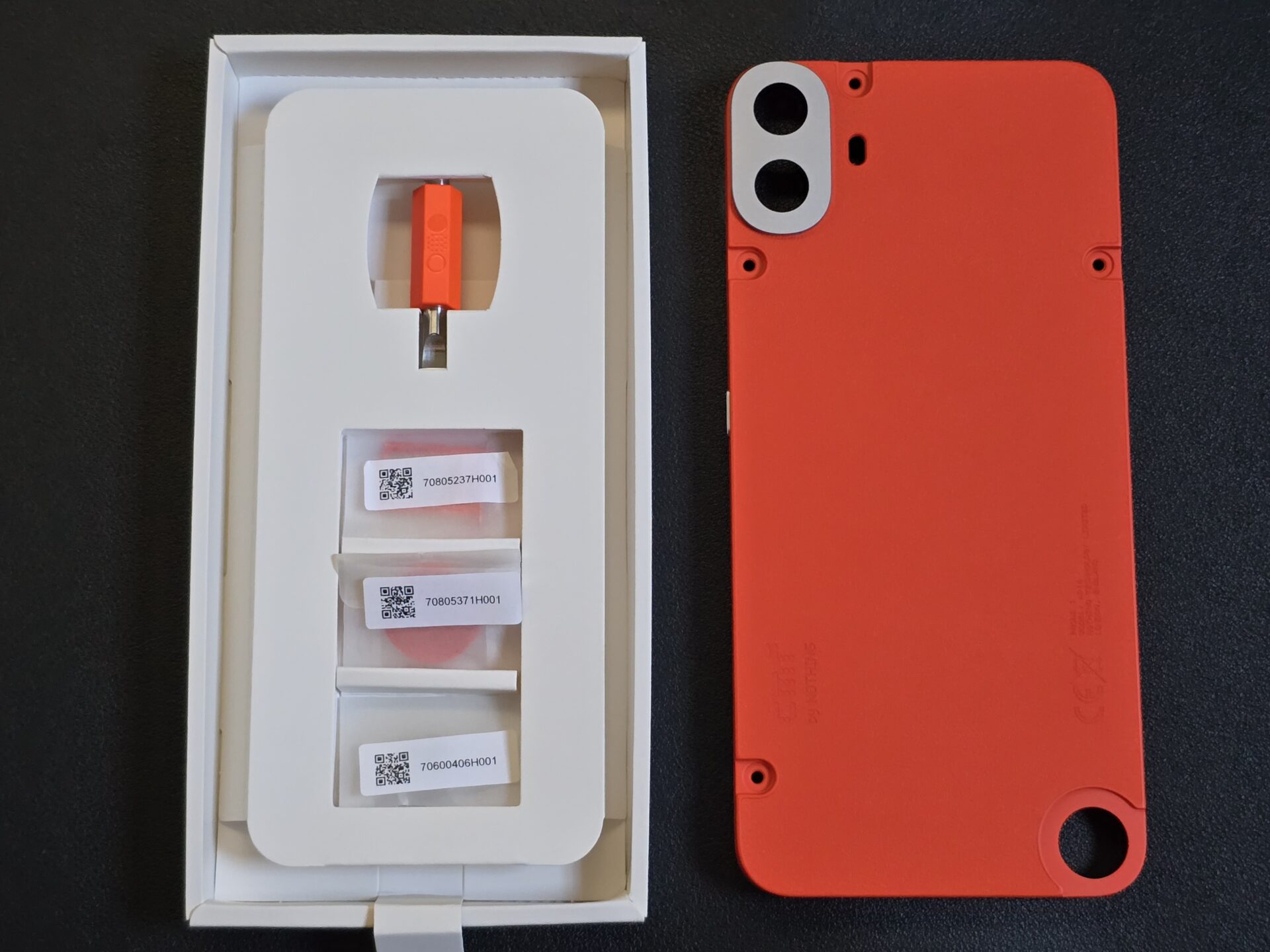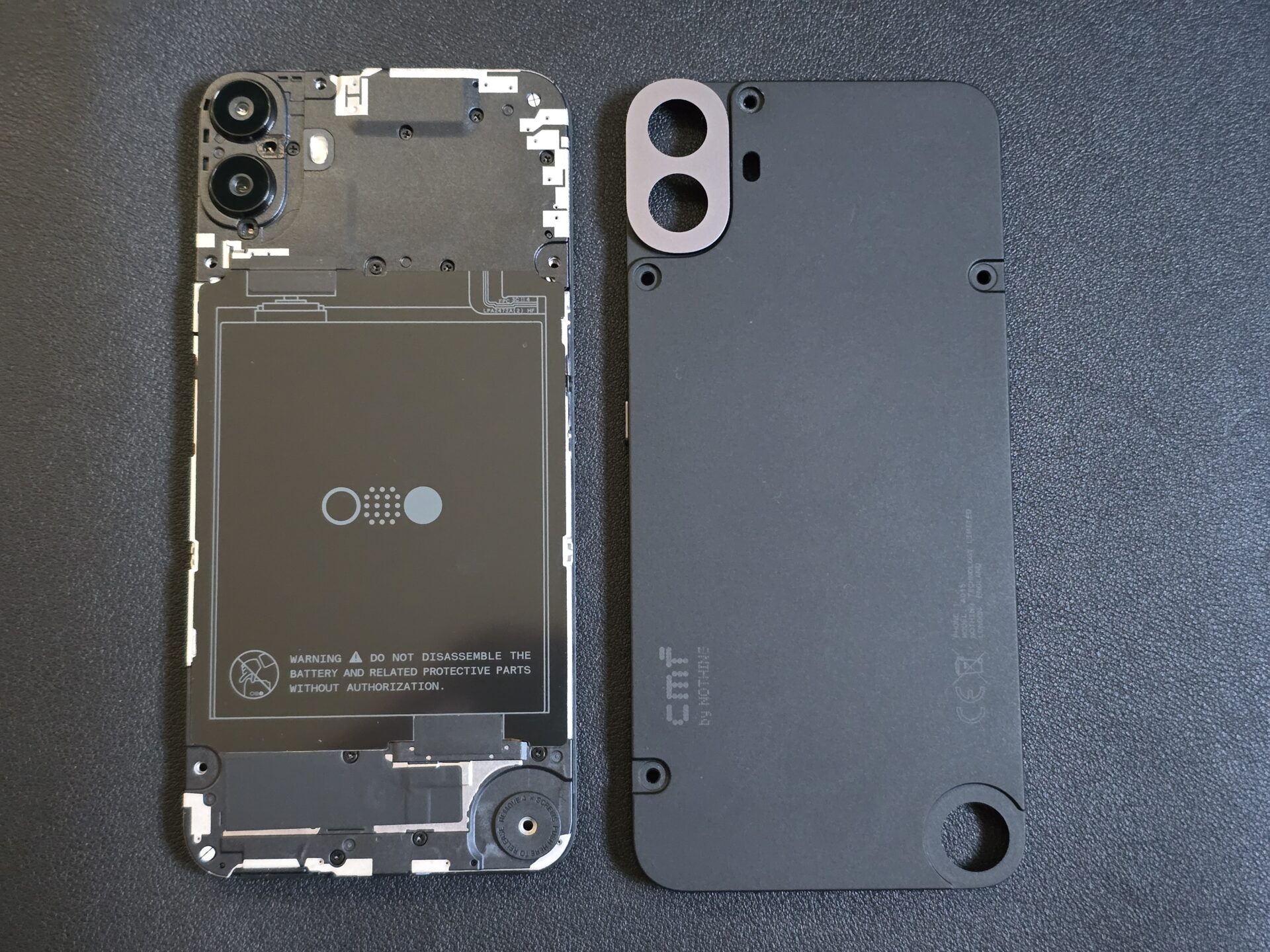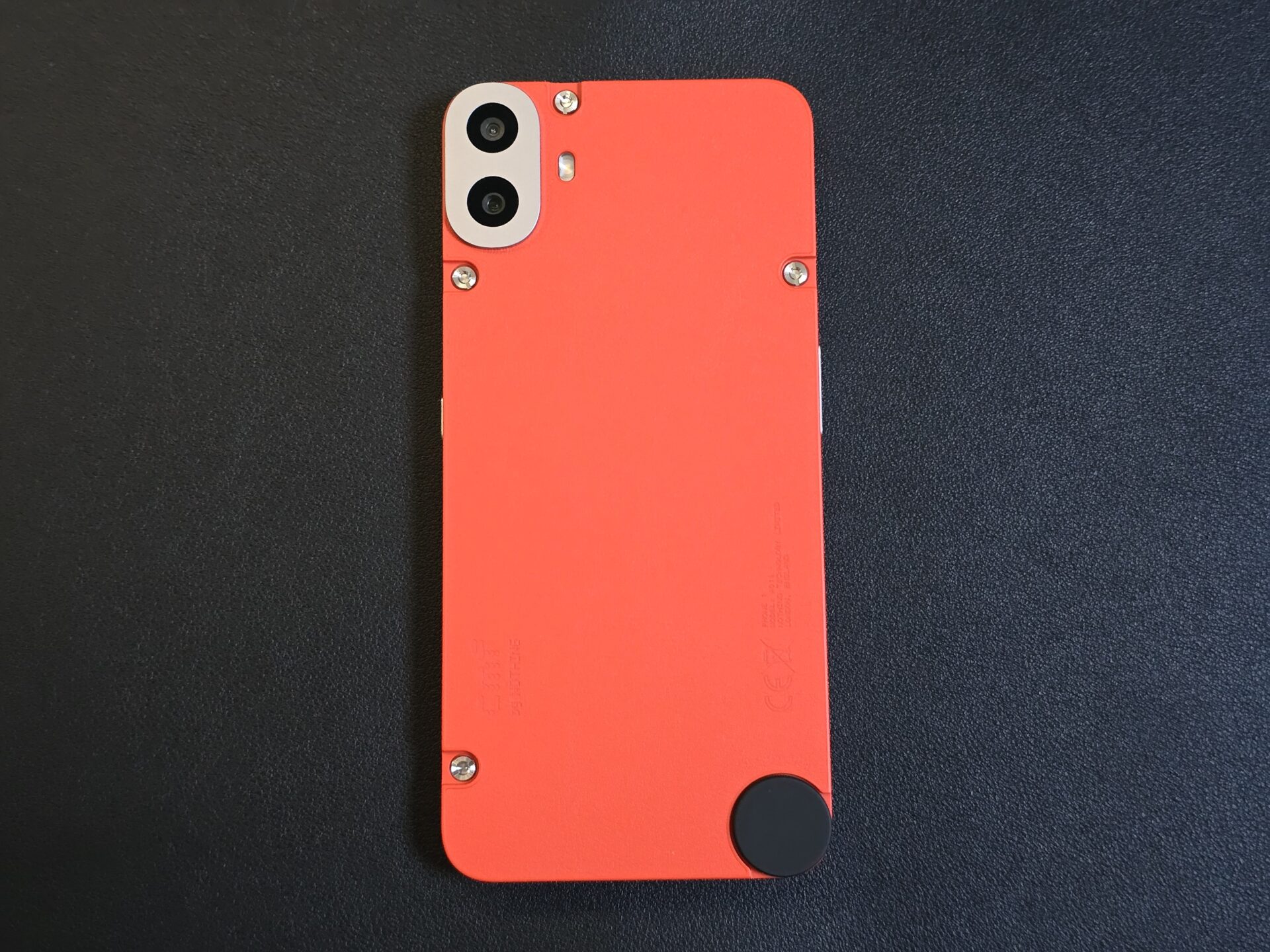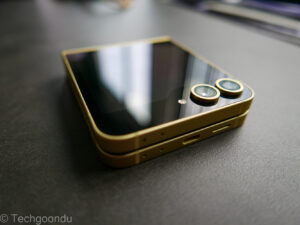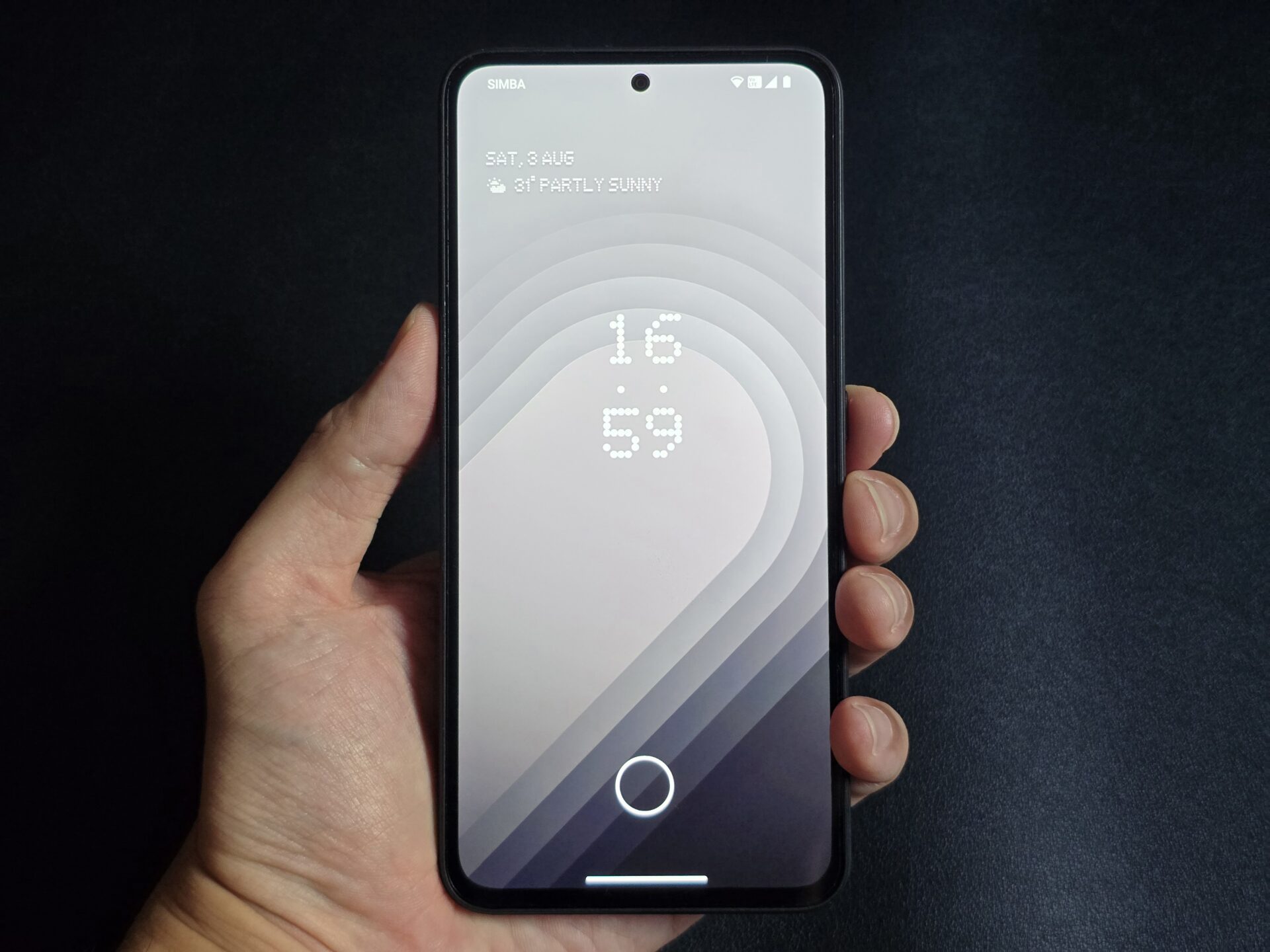
In the 3.5 years since its inception, Nothing has tried to establish itself as a strong, value-for-money smartphone player. That effort has gone one step further, as evidenced by the first smartphone under the firm’s CMF sub-brand.
The Nothing CMF Phone 1 shares similarities to the Nothing Phone (2a) we reviewed earlier, like the use of value-performance Mediatek Dimensity 7000 series processors. The CMF unit we have here, though, really only has one main camera (the Phone (2a) has a wide-ultrawide array).
The cynic in me sees it as a precursor to an increasing price and premium divergence between the Nothing and CMF lines. Still, if the S$369 CMF Phone 1 is how Nothing will commit to the value-for-money smartphone segment, we as consumers will benefit, given how competitive the product is.
Design
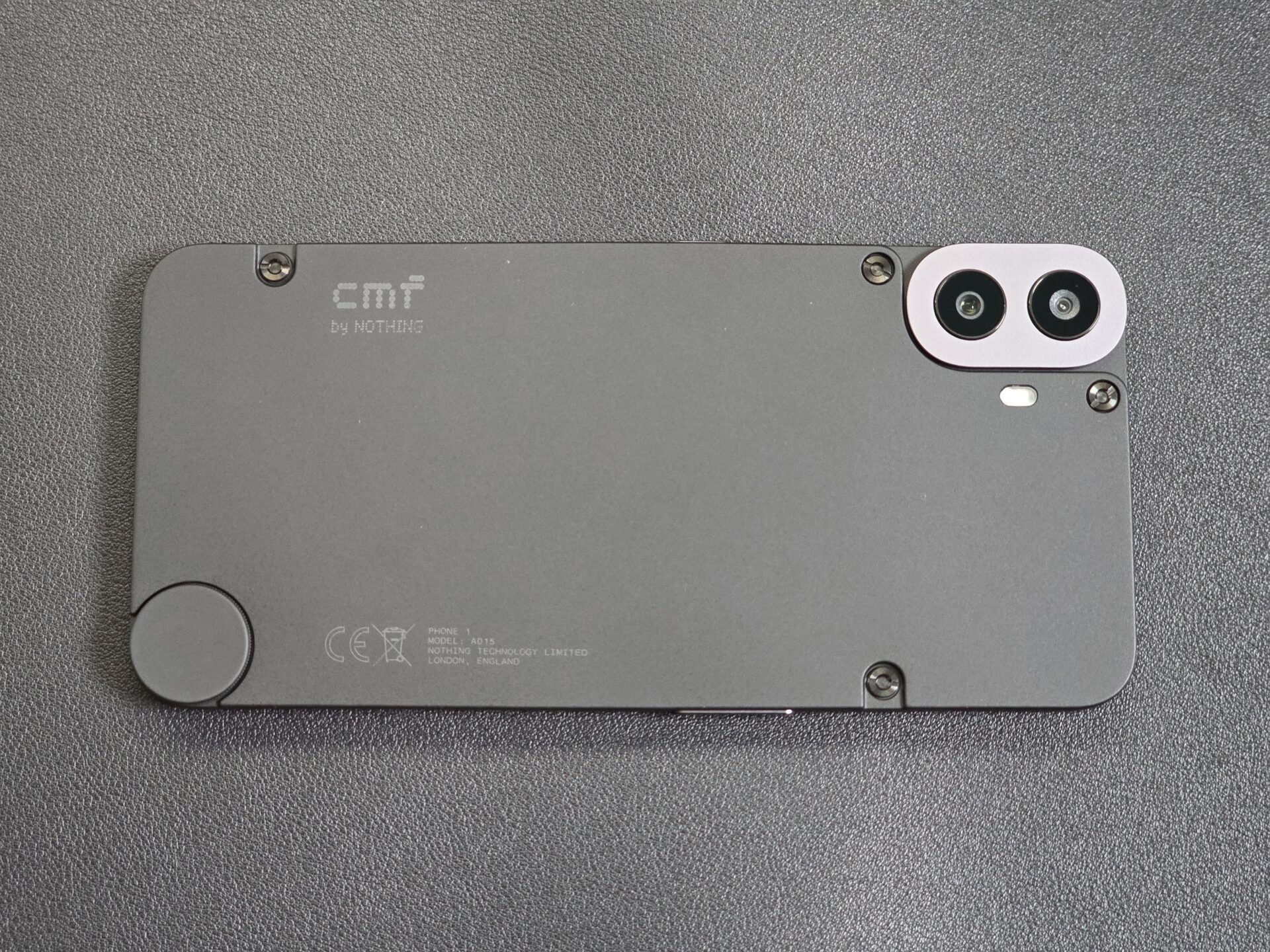
The CMF Phone 1 furthers the industrial-simplicity that has guided Nothing’s product designs thus far. The new device has flat fronts, backs and rounded corners that do not feel cheap. The frame measuring 164 x 77 x 8.2mm and weighing 197g is that of a compact phablet without the weight of premium options.
The back is plastic, but this is no ordinary plastic. Nothing calls this “eco leather” – in effect, a grunge, textured matte frame secured with visible screws through an included screwdriver. Our review unit arrived in a black frame, but also came with blue and orange backs to be changed.
The bundled screwdriver is a little short, but I made do and removed the phone’s back. A pity though that users reminded not to replace the battery on their own despite it being right there once the frame is off. I remember the good old days when changing phone batteries was fuss-free.
This is potentially a solution to stress-free case-free use of the phone. If the frame does chip, just swop it and things are good as new. Nothing (ha ha) is known about the display glass protection tech though, so be sure to ready that tempered glass screen protector.
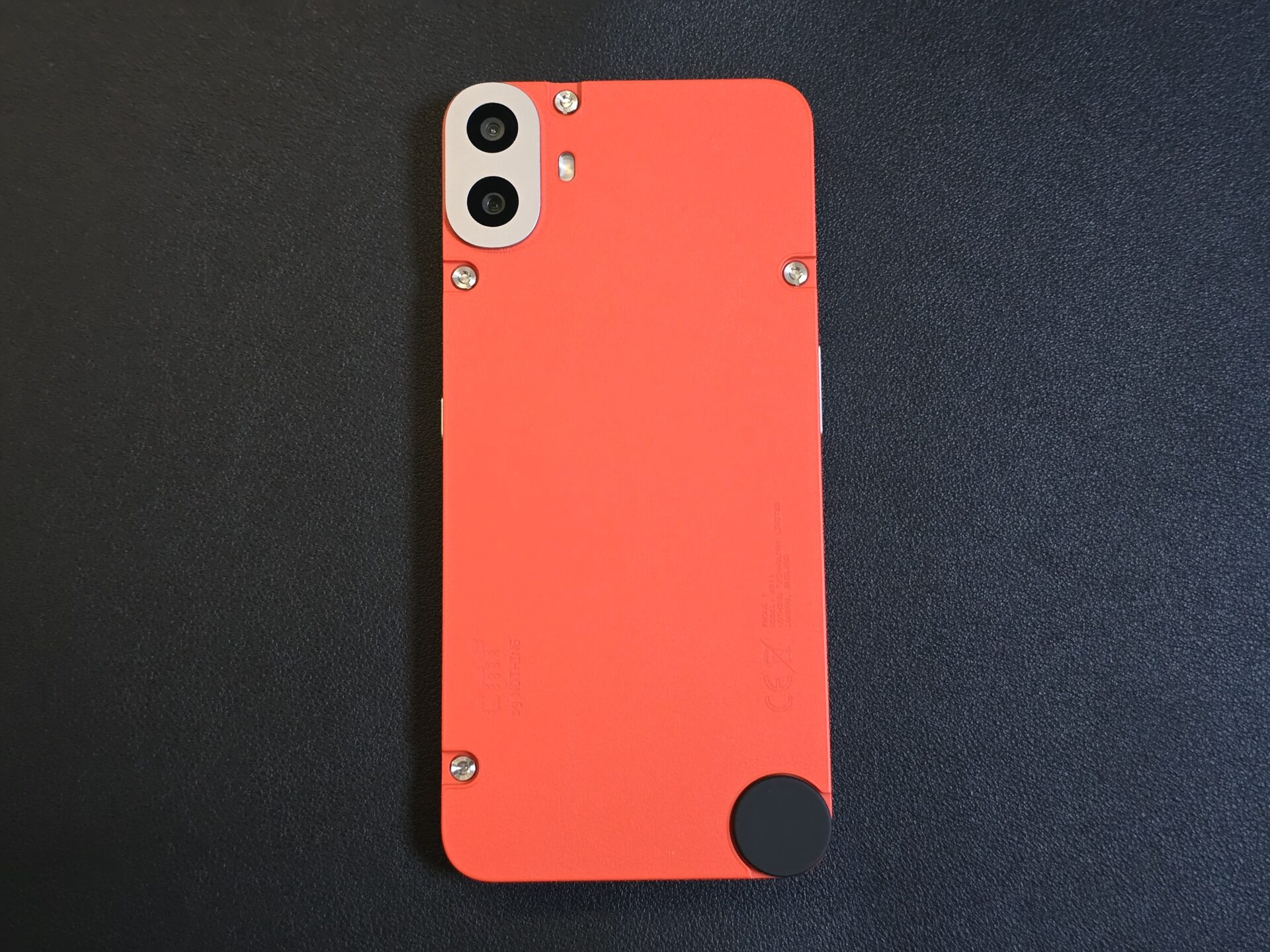
The bottom right of the back frame of the phone is a roundish knob. You can pop that off and reveal an “accessory point”. Nothing currently offers a lanyard, phone stand, and a card case that fits the mount.
The hand-feel of the device is great. There are no sharp corners and the phone felt light on my hands. It is always nice to have a frame that does not easily attract fingerprints, even better than it does not feel plasticky.
Screen
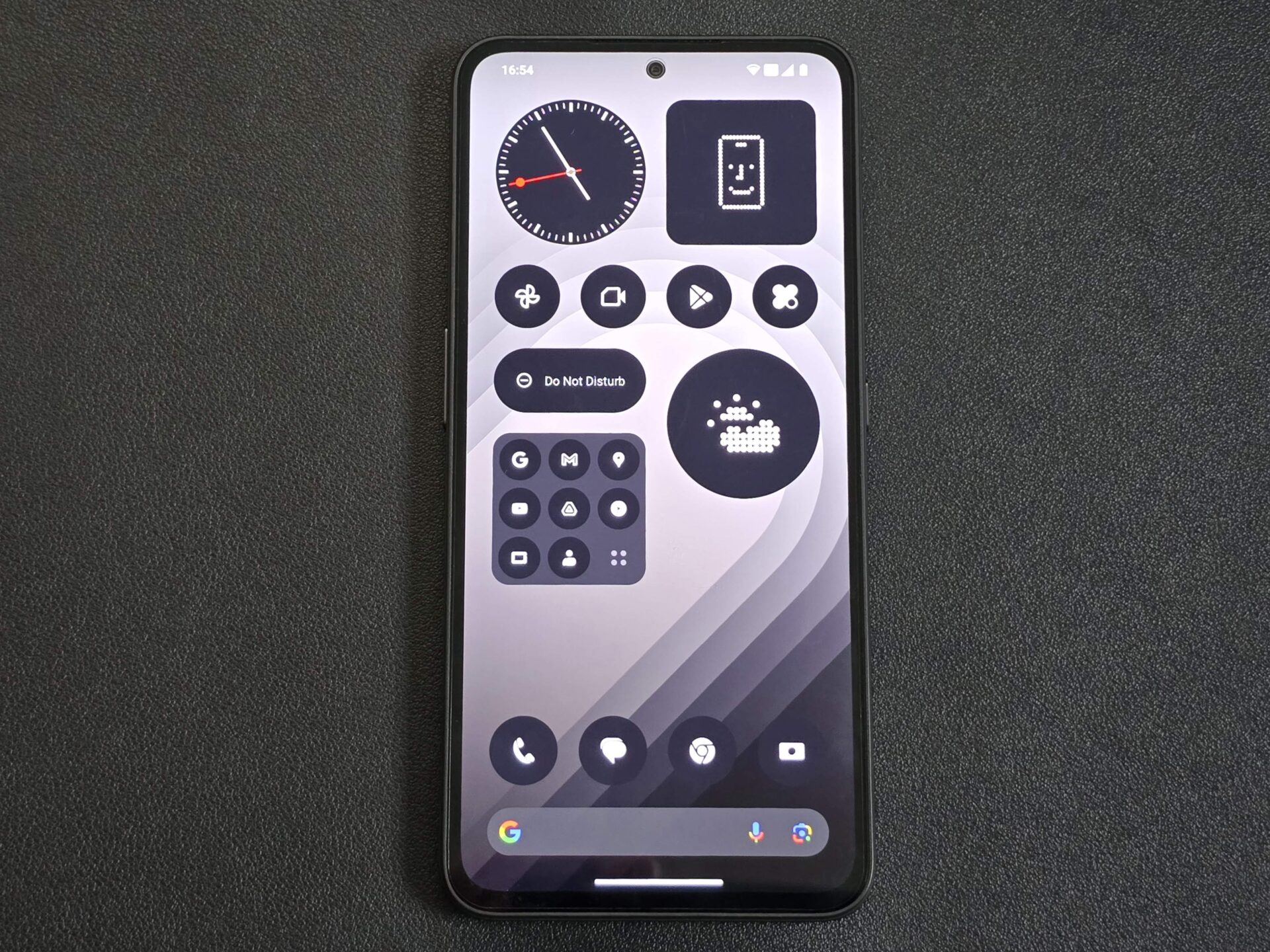
The CMF Phone 1 comes with a 6.67-inch AMOLED screen that has Full HD resolution, with 1,080 x 2,400 pixels in a slightly narrow 20:9 aspect ratio.
I always appreciate a full-flat display. Tempered glass screen protectors (and you need one on this phone) fit much better on them than curved panels. I also do not see the point of the illusion of an edge-less display when it is difficult to use those corners.
The panel claims average 500 nits, and 2,000 nits maximum brightness. In my tests, the display topped out at 1,300 nits on manual brightness control, and 2,300 nits on adaptive brightness.
Colour reproduction, response time, and viewing angles are great. Poor displays no longer seem to be a problem with smartphones except at the sub-S$200 bracket, where the issue is more ghosting than colour.
With high refresh rate mode turned on, the display would remain at 120Hz and drop to 60Hz only while on full-screen video and games. I would probably keep the high refresh rate option off.
Performance
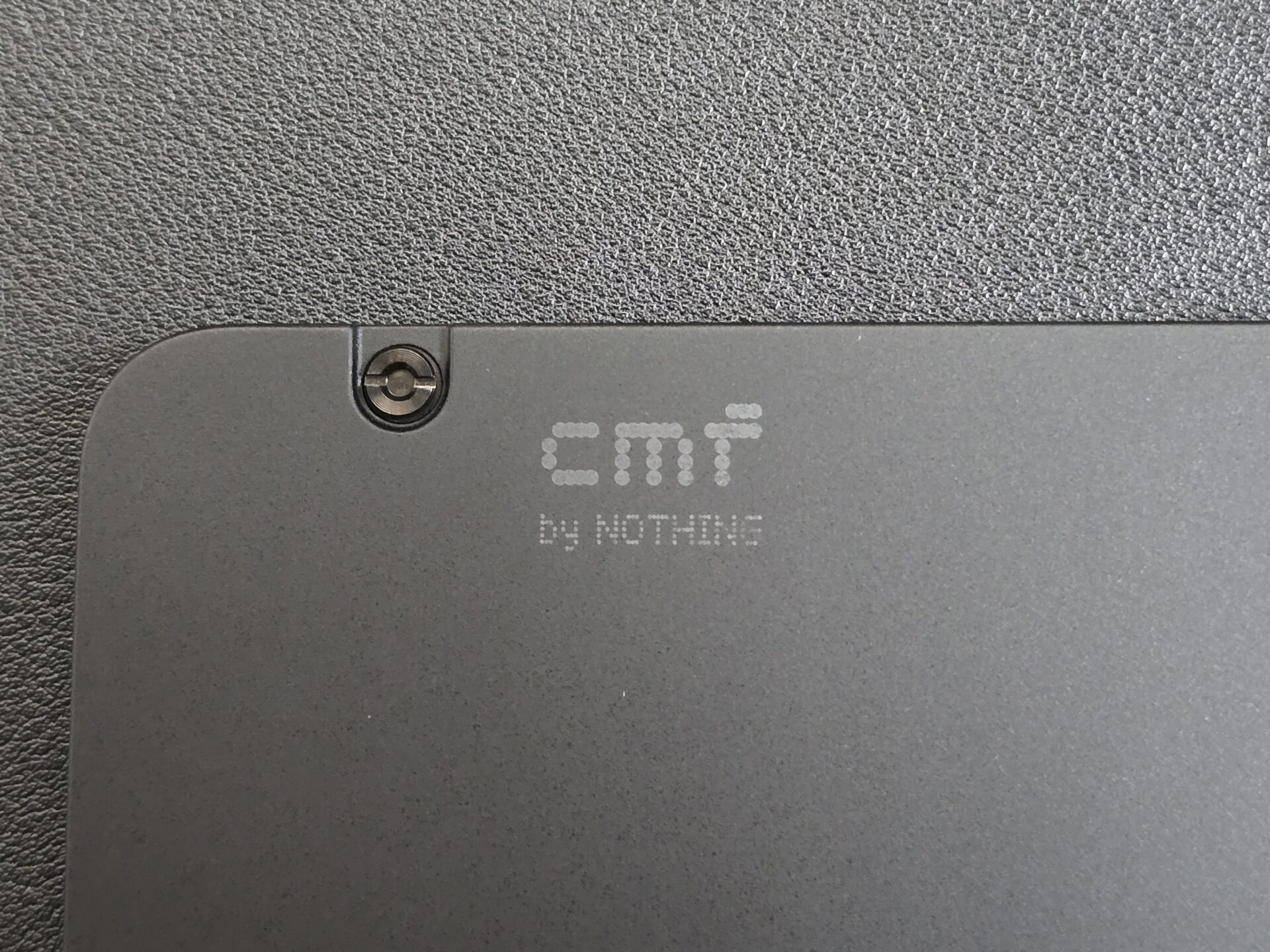
The CMF Phone 1 packs a Mediatek Dimensity 7300 processor, paired with an Mali-G615 graphics chip. This is a performance-based component from a mass market chipmaker.
I used PCMark 10 for Android’s Work 3.0 Professional to simulate day-to-day performance workloads like browsing the Web, editing photos and videos, and writing and manipulating data. The score averaged 12,800, a strong number that is also reflected in the buttery smooth user interface transitions and quick load times.
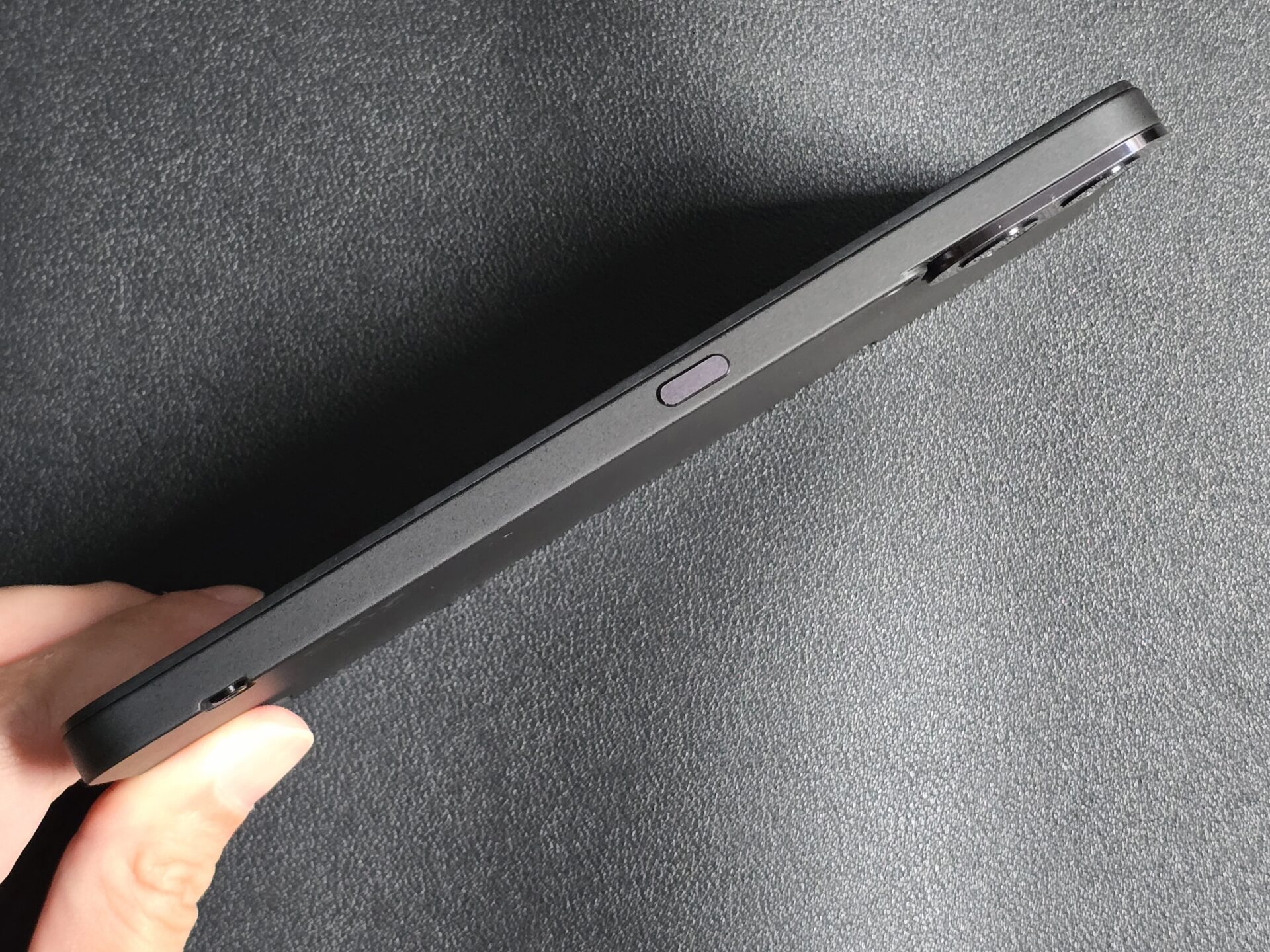
I also ran 3DMark for Android, which tests the device’s handling of commonly used game rendering engines. The CMF Phone 1 struggled with the more demanding Wild Life Extreme benchmark, averaging 5 frames per second and clocking a score of just 850 over three runs on the device.
Wild Life, which recreates more realistic demands of games on phones, clocked a much more respectable score of 3,100 with average framerate of 20 fps.
Real-world gaming wise, I was able to play the newly refreshed Asphalt Legends: Unite with smooth cutscenes and gameplay. I thought that jaggies were minimal despite playing on a rather basic graphics part, but could not decide if that credit is due to the newly-refreshed game engine or optimisations by Nothing.
Features and battery
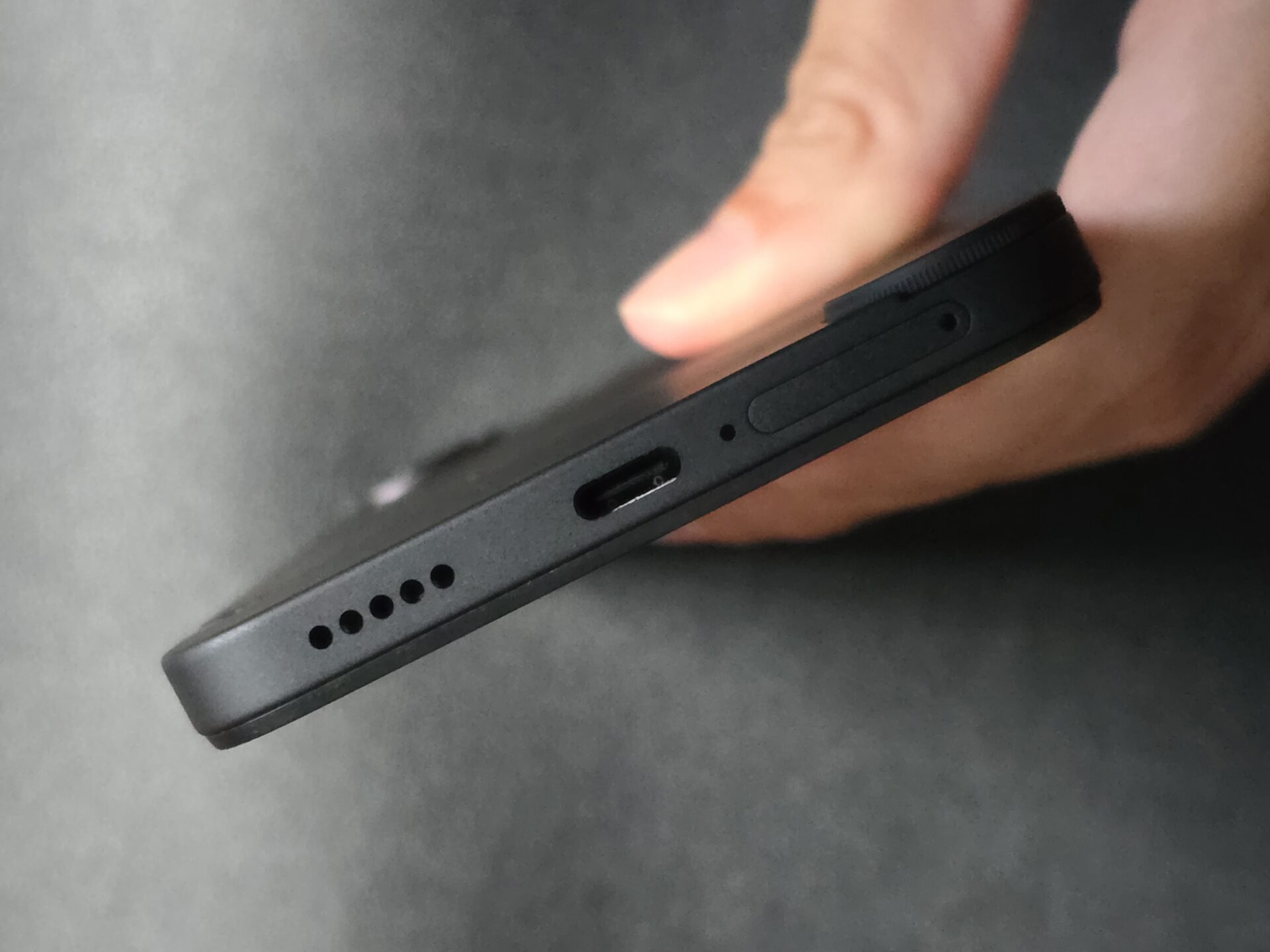
The CMF Phone 1 is one of the last few holdouts to still offer a microSD card slot and it supports up to 2TB of storage. The SIM card tray requires an eject pin, so it’s not tool-free.
Curiously, the phone does not come with Near Field Communication (NFC). In an era when tap-to-pay at retail terminals and on-board public transport is commonplace, this is something potential users will miss out. In other words, there is no contactless Google Pay and SimplyGo here.
The phone only has one bottom firing speaker on the bottom right rail. The sound was crisp at the mids and no distortion on the highs, but not very loud.
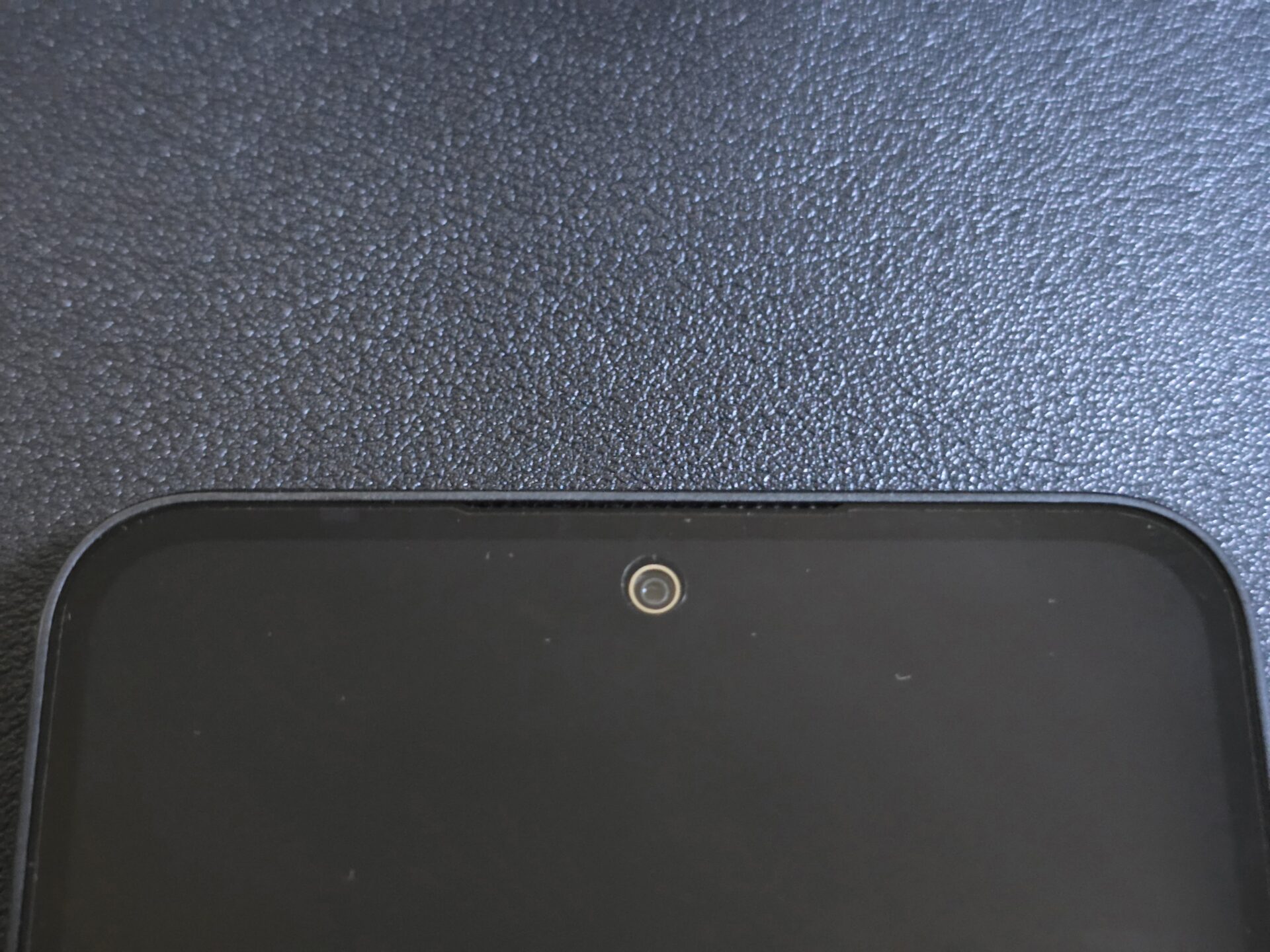
The fingerprint sensor is built into the lowest decile of the display. Like the Nothing Phone (2a), the position is a little low to reach comfortably when you grip the phone with one hand. It was fairly accurate, but there were some failed reads.
The CMF Phone 1 is IP52 rated for dust and water resistance, basic protection against splashes but not good for dips in the pool.

The phone features a 5,000mAh cell that is becoming increasingly common. However, the use of a power sipping Dimensity 7300 gives the CMF Phone 1 excellent battery life.
I ran the PCMark 10 for Android’s Work 3.0 Battery Life test with Wi-Fi and dynamic display refresh on throughout. The device lasted 18 hours in our tests. Forcing a 60Hz refresh rate will likely add another hour or two. This means the phone can likely last a full 20 hours before needing a charge.
The CMF Phone 1 supports 33W wired charging (Nothing did not elaborate on the exact standard) and includes a USB-C cable, but no bundled charger. There is no wireless charging support.
Cameras
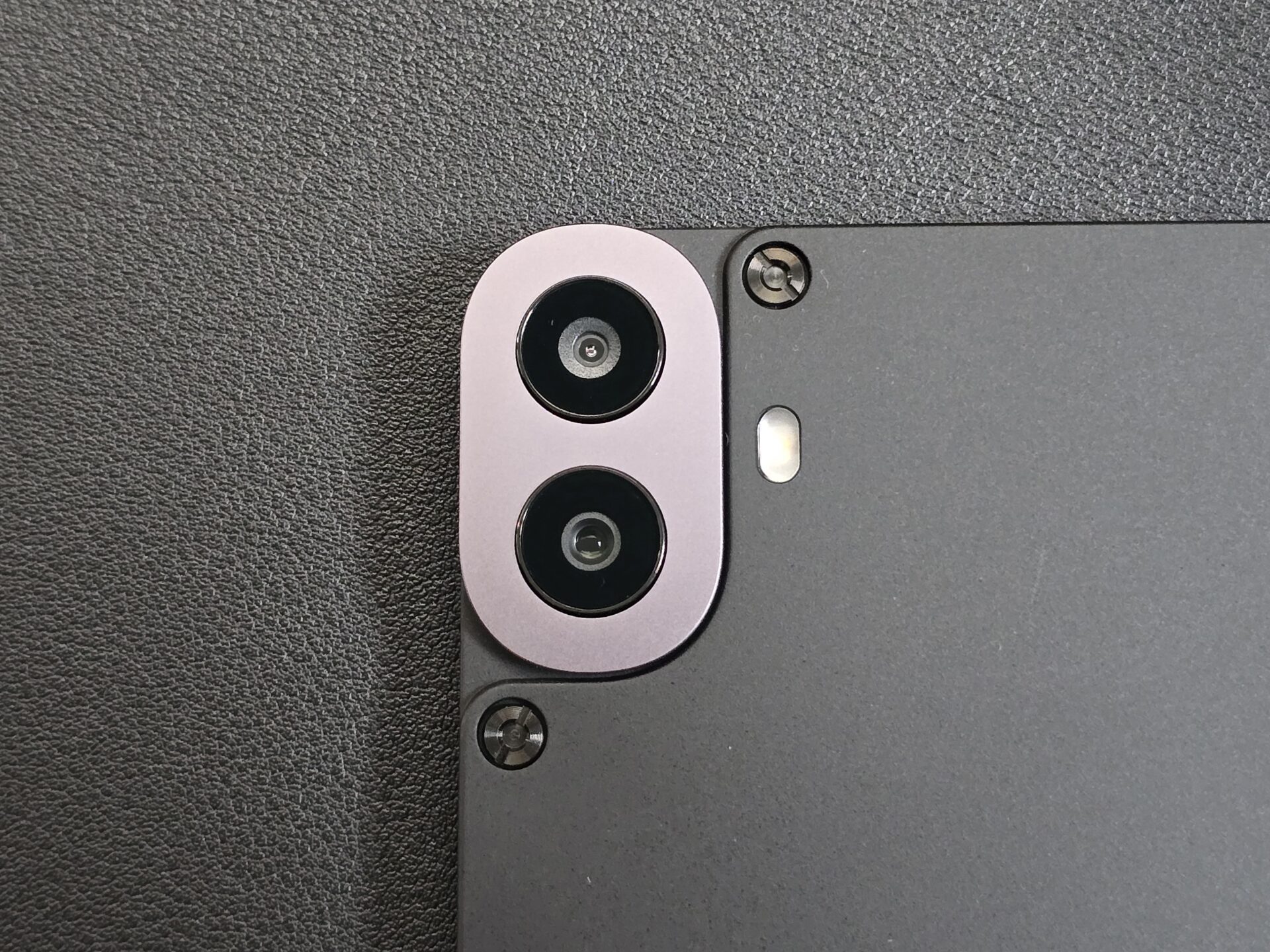
- Main camera: 50 MP, f/1.8 aperture, phase detect autofocus
- Depth camera: 2 MP, f/2.4 aperture
The CMF Phone 1’s camera setup is basic when compared to today’s smartphones. There is in effect only one imager – the depth camera does processing work for portrait shots and cannot be used for capturing images.
The good thing is the sole shooter is a competent one, perhaps better than many mainland Chinese competitors at the same price point toting wide-ultrawide setups with two poorer cameras.
If we recall, the Google Pixel A series remained competitive against many multi-camera setups by using a sole camera for quite a while, and this is what the CMF Phone 1 appears to be doing.
Overall, the images from daytime are on a par with more expensive flagships. However, while night shots are not unusable, they can lack detail.
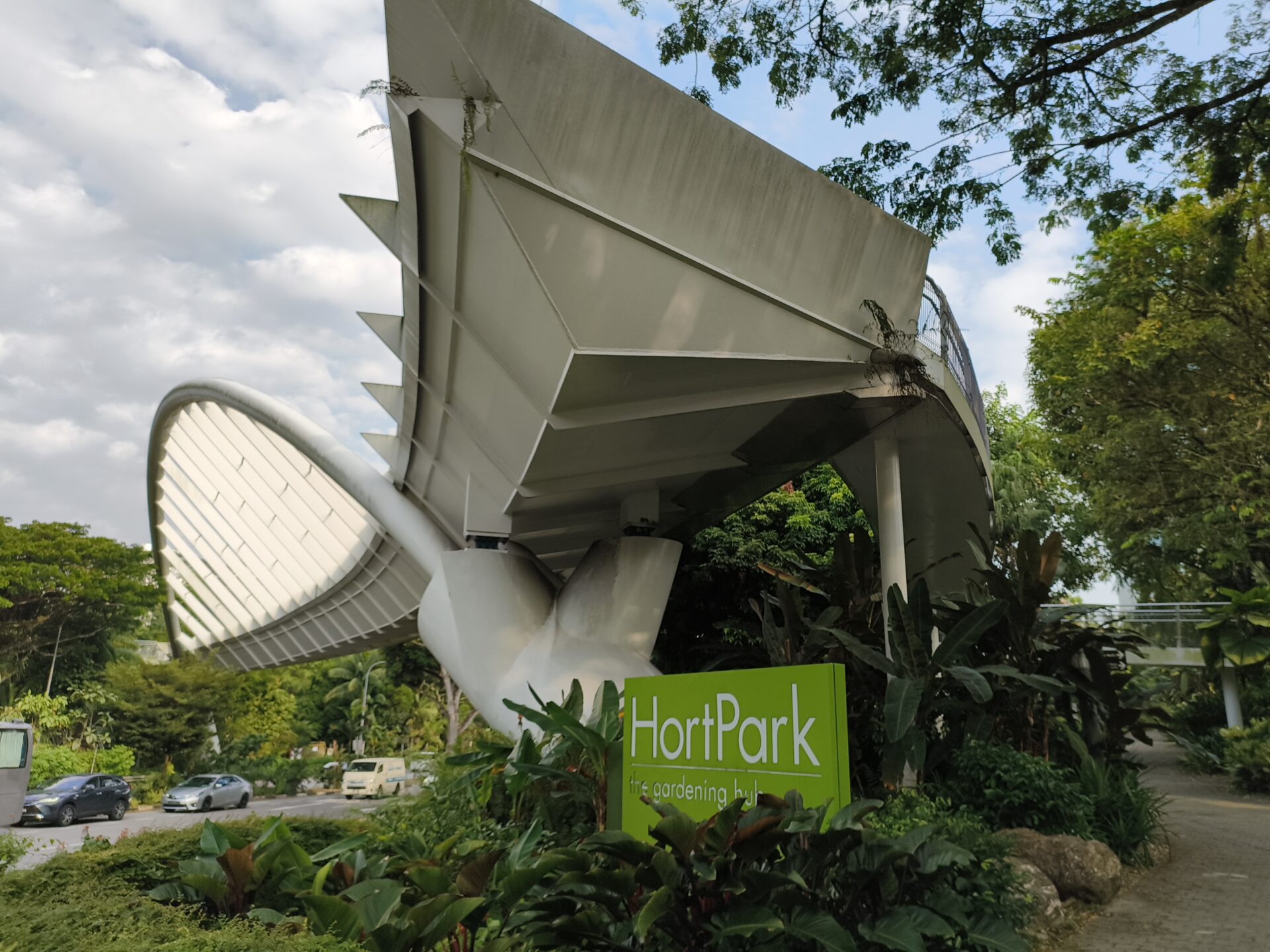
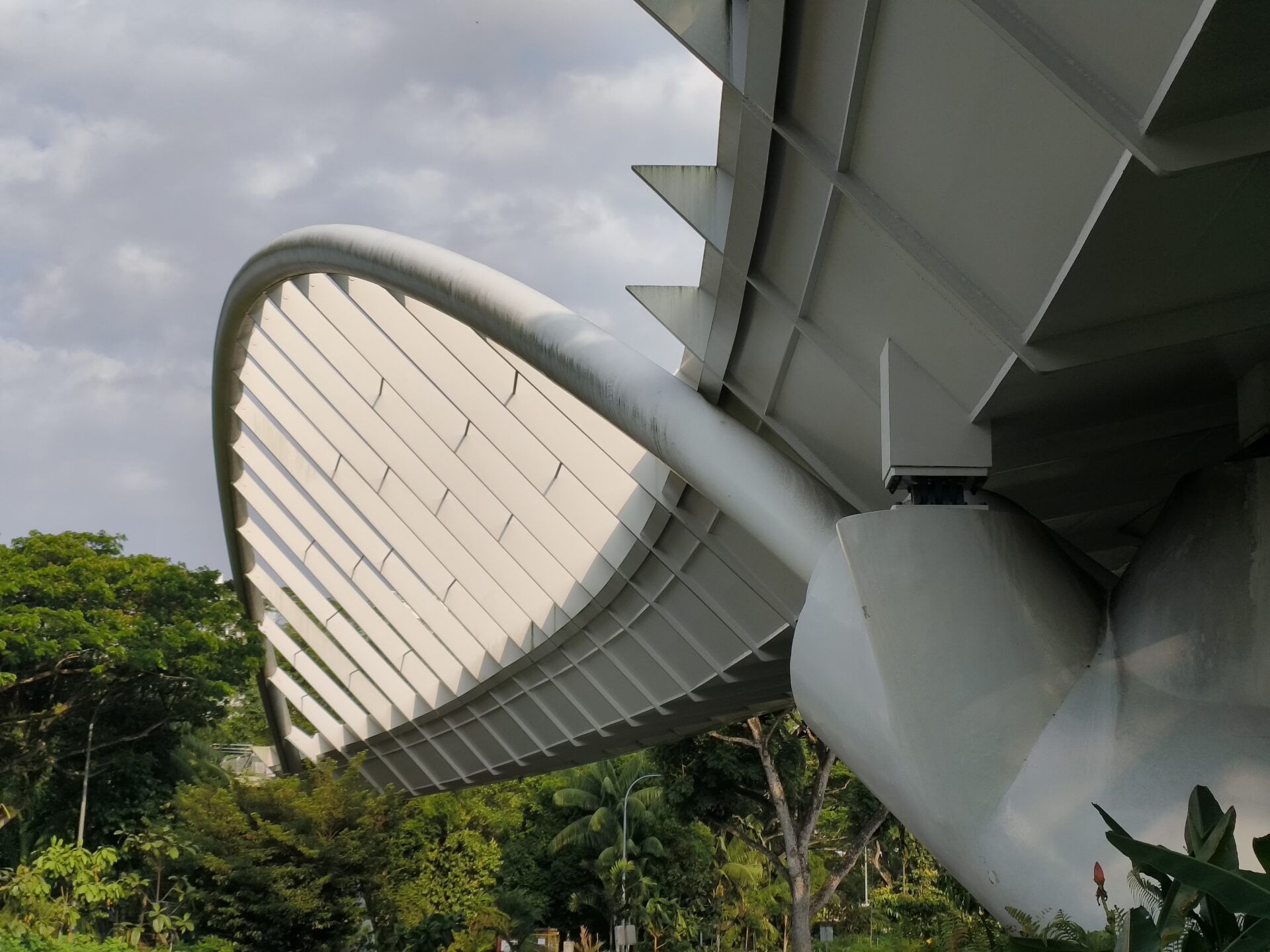
In this picture of Alexandra Arch taken with the wide camera, the shot shows details pretty much on point, but there is some jitter when viewed up close, suggesting limits of its image stabilisation. The 2x zoom of the same shot shows little quality loss and retains detail, including the algae weathering its surface.
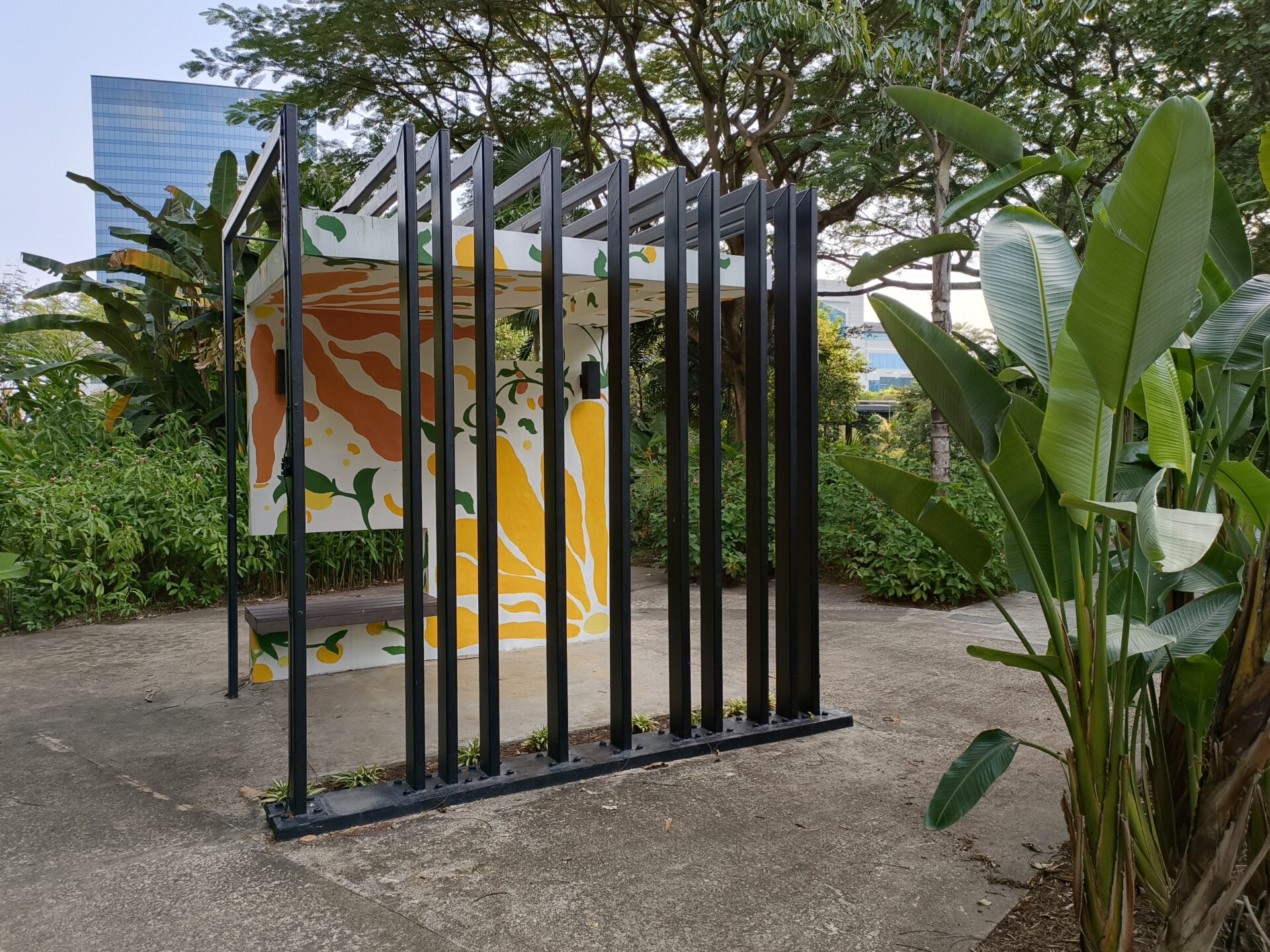
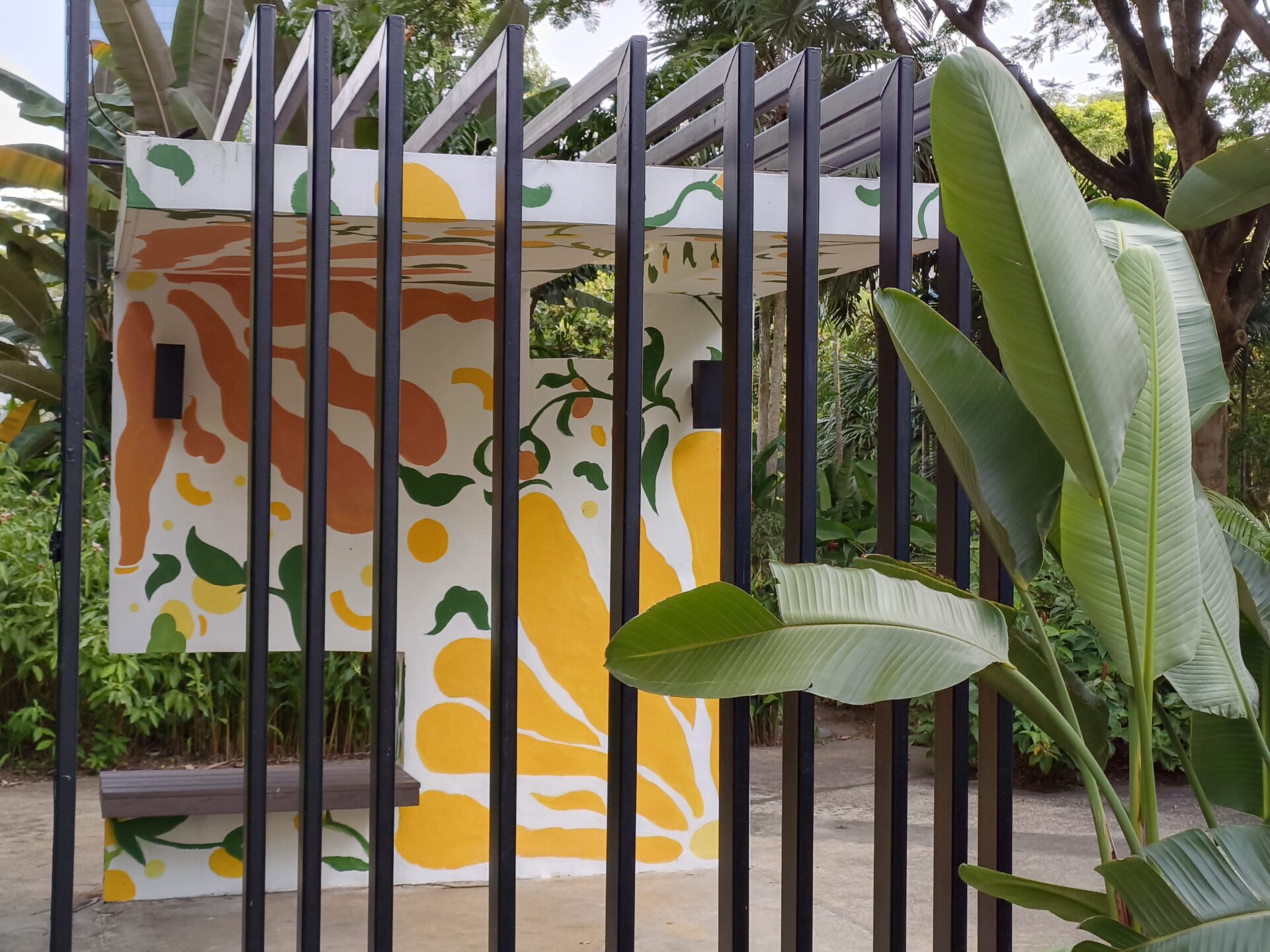
Moving deeper into HortPark, we see that the paint work on the walls of the shelter captured by the camera is vibrant and details of the paint layers on the metal structure are visible. The same goes for both the wide and 2x zoom shot.
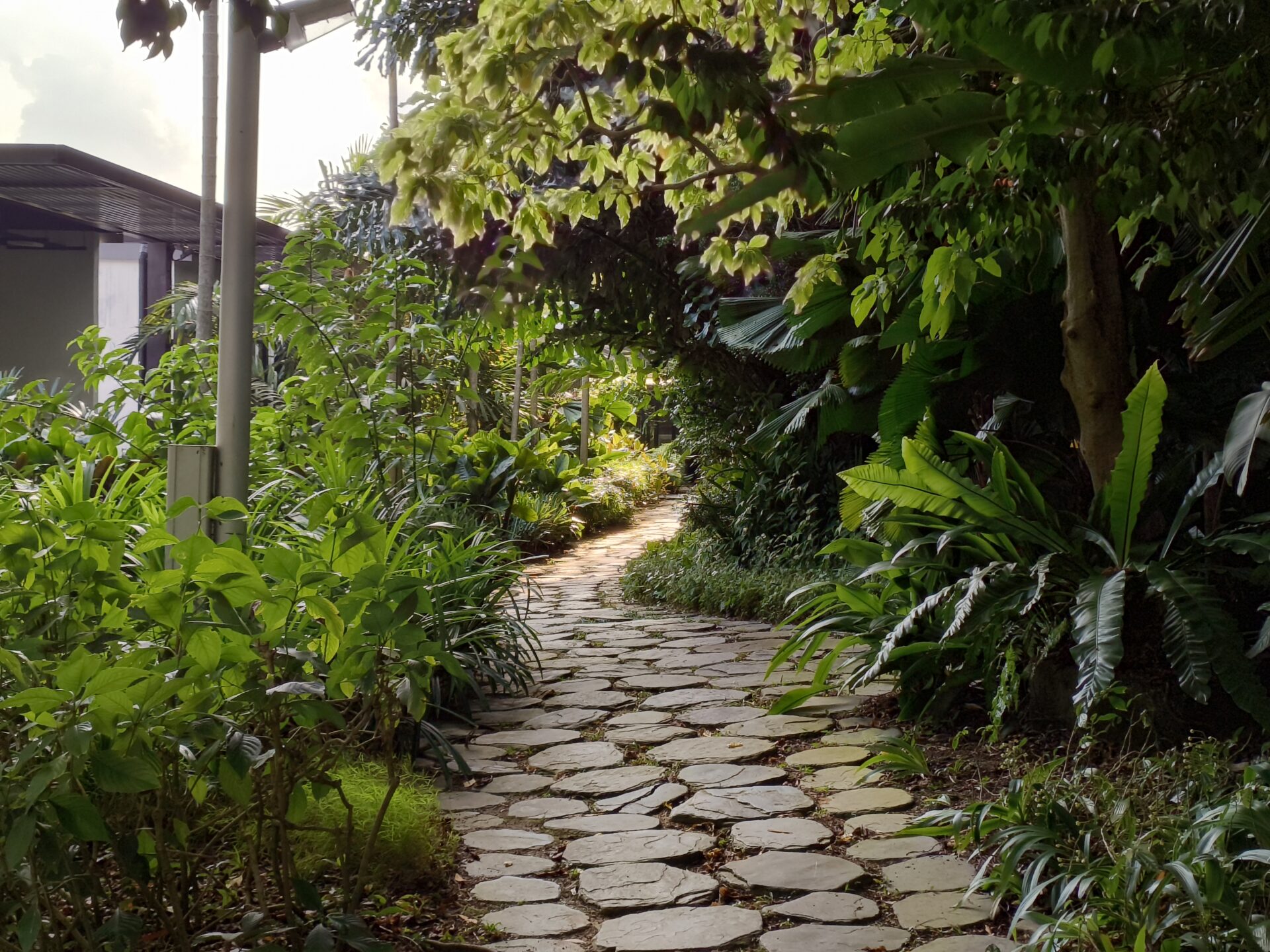
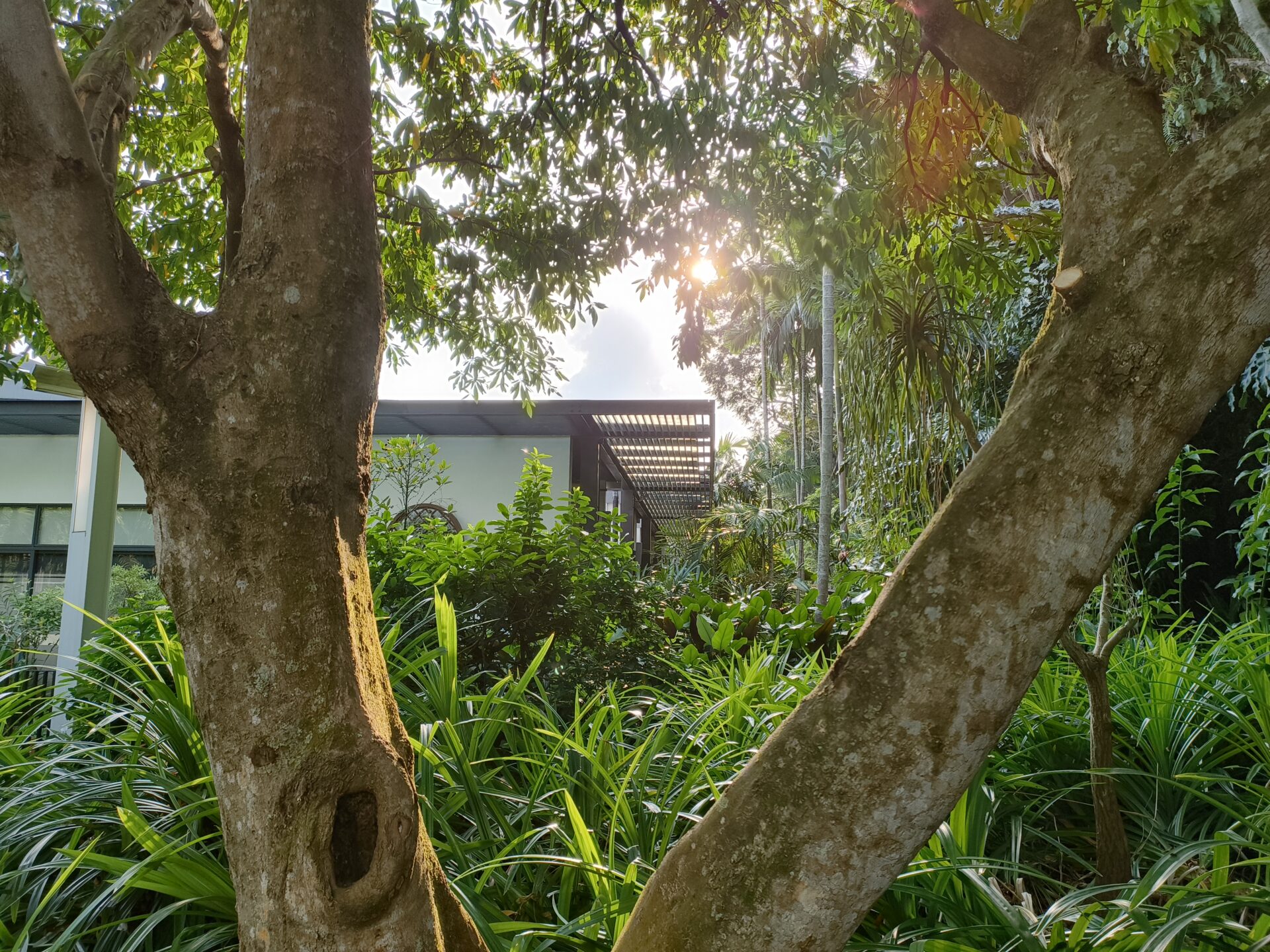
There is little fault to find with this 2x zoom shot of the stone pavement, apart from some detail murkiness in the areas outside of the middle of the shot. A wide shot of the evening sun through the tree trunks looks beautiful with great clarity.
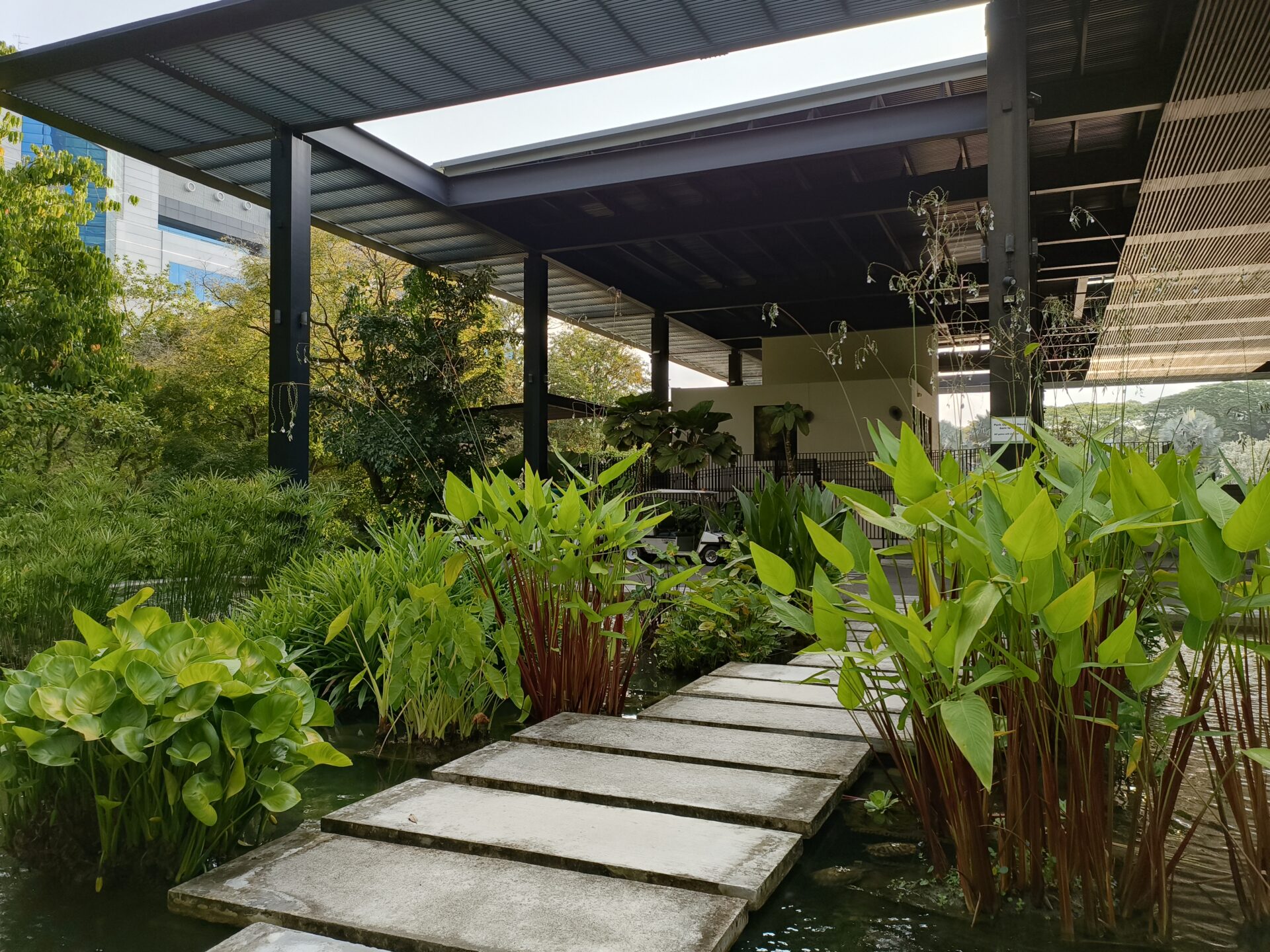
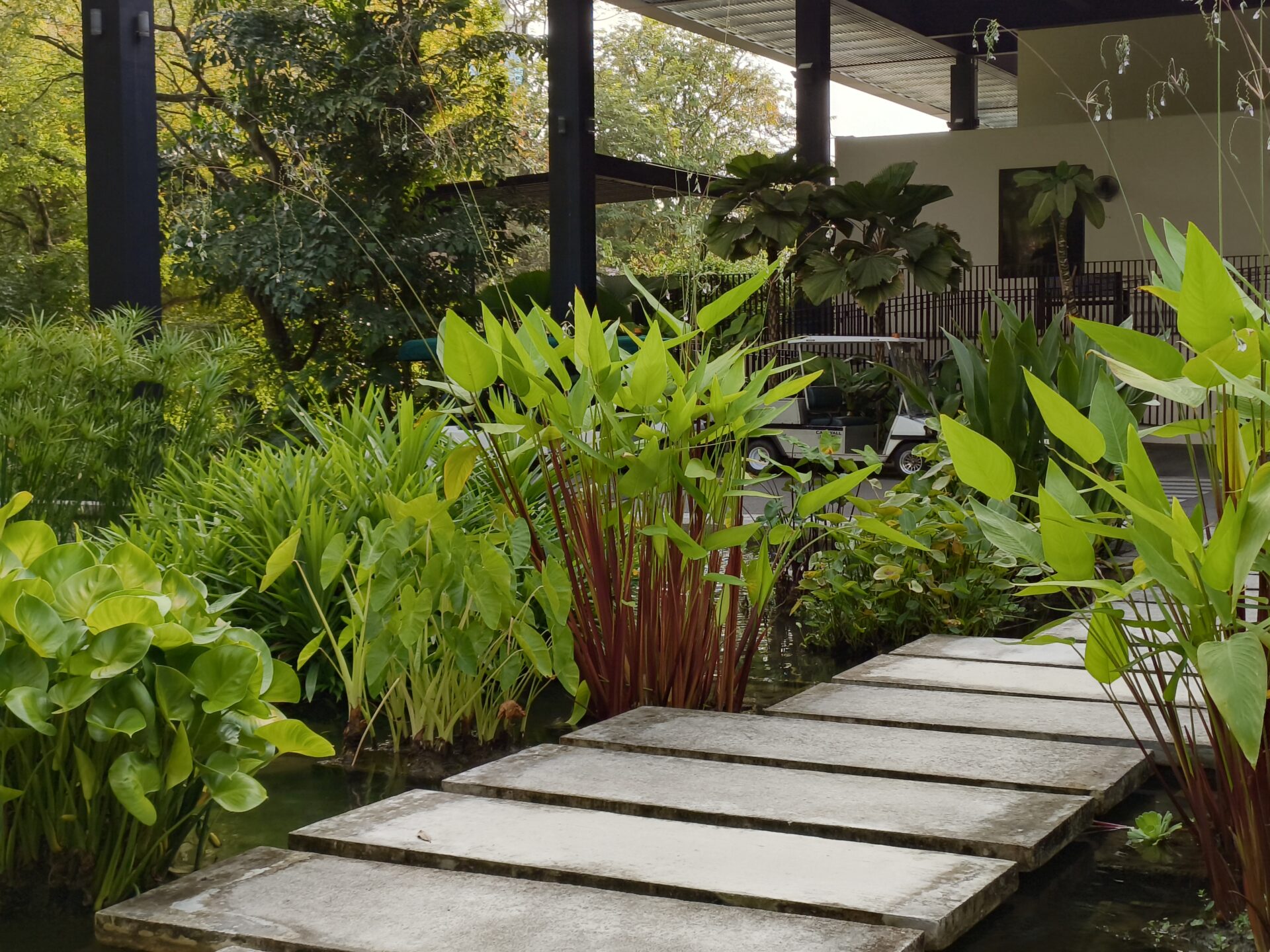
There is again, little to find fault with in this shot of the water feature and pavement near the drop off point.
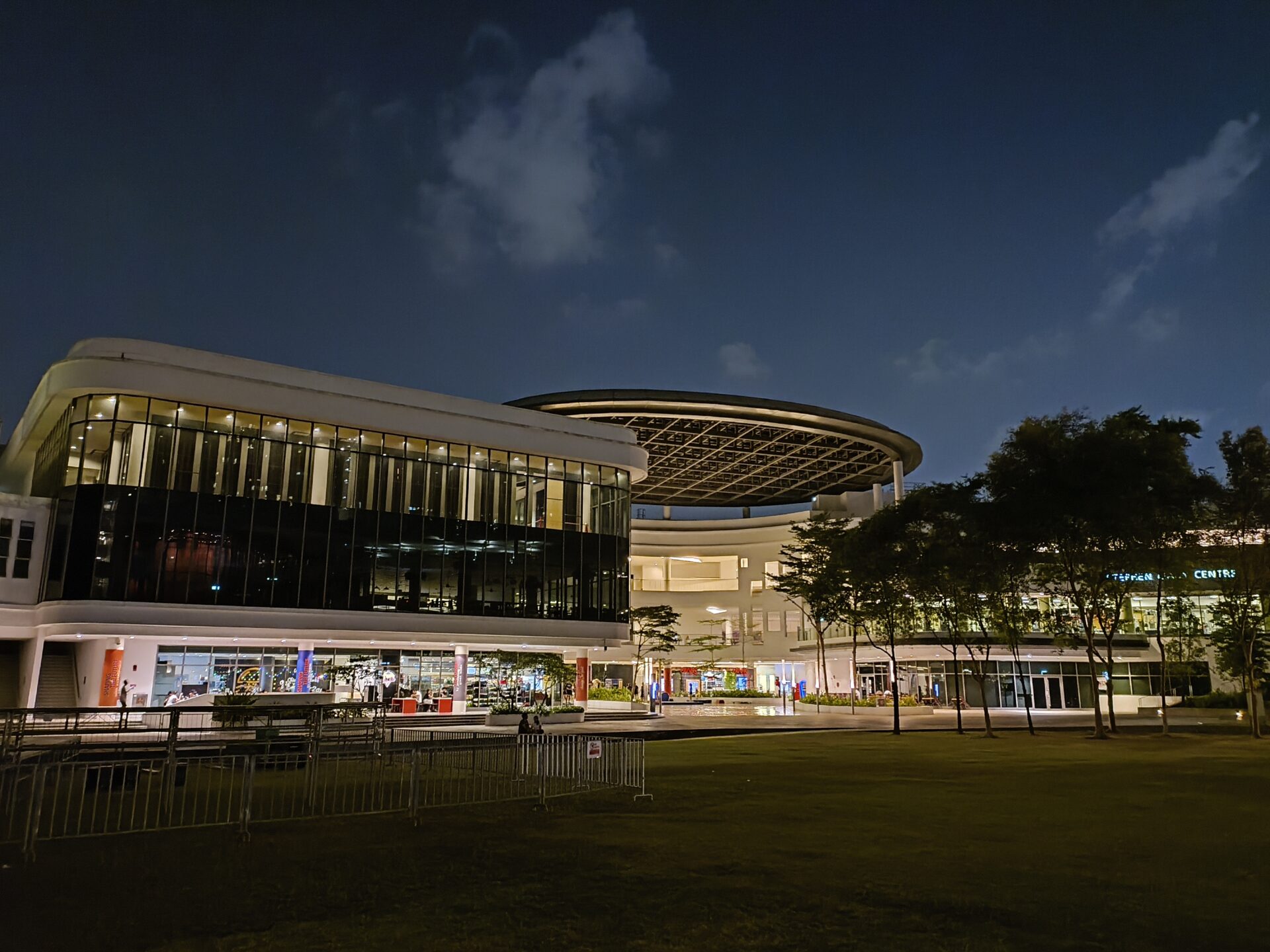

Night shots are when the CMF Phone 1 shows its limits. The white balance and detail on this shot of the Stephen Riady Centre are fine, but the blotchiness of detail in parts of the shots not in the shadow is evident. A 2x zoom shot magnifies the weakness of the source shot.


A shot towards the Education Resource Centre reveals the same general blur in detail witnessed in earlier shots. The trees and shrubbery under the shadow were also more or less, a perfect black.
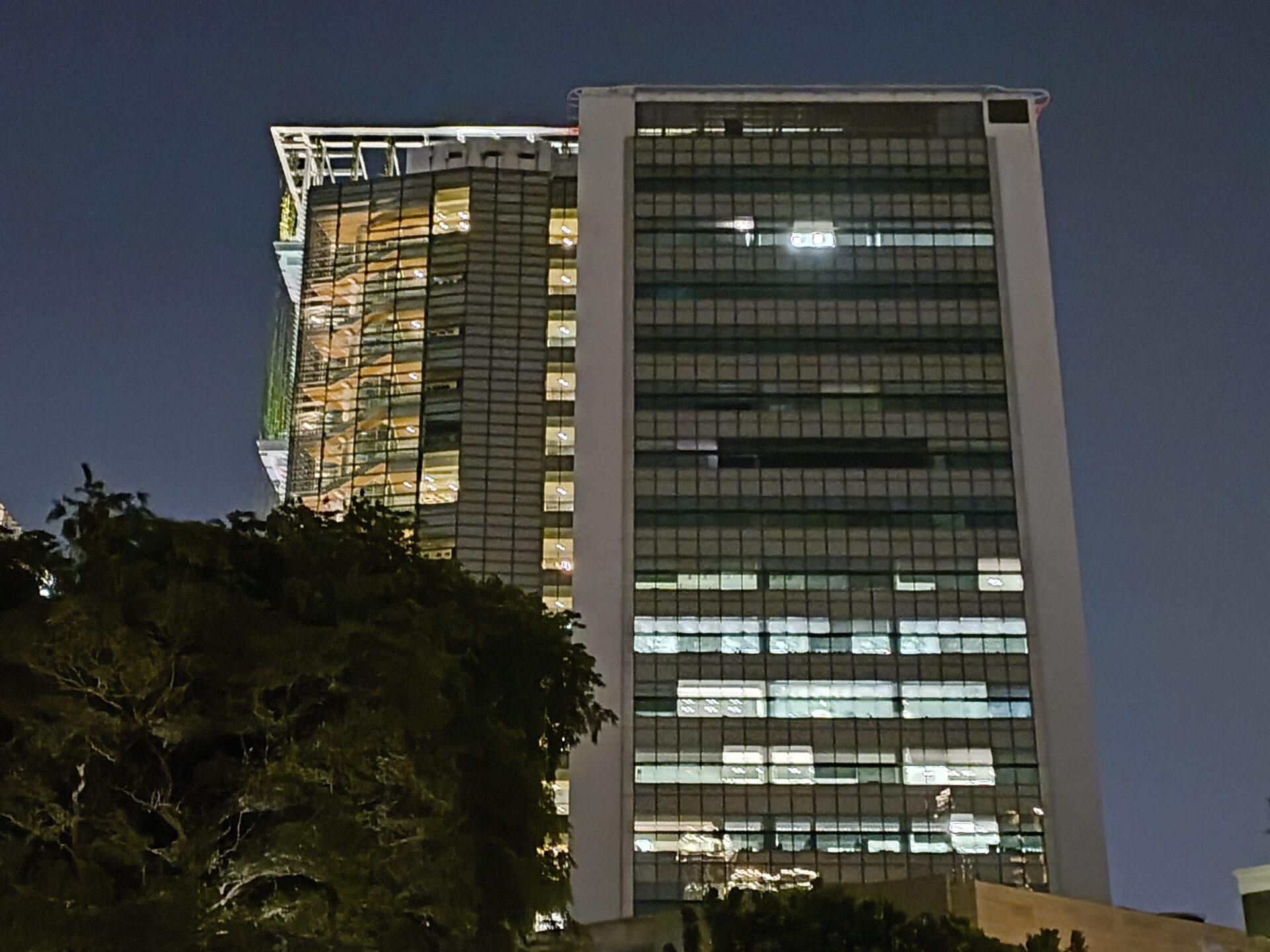
A 2x zoom on the Create Tower under very limited light conditions again exposes the limits of the image sensor.
Conclusion
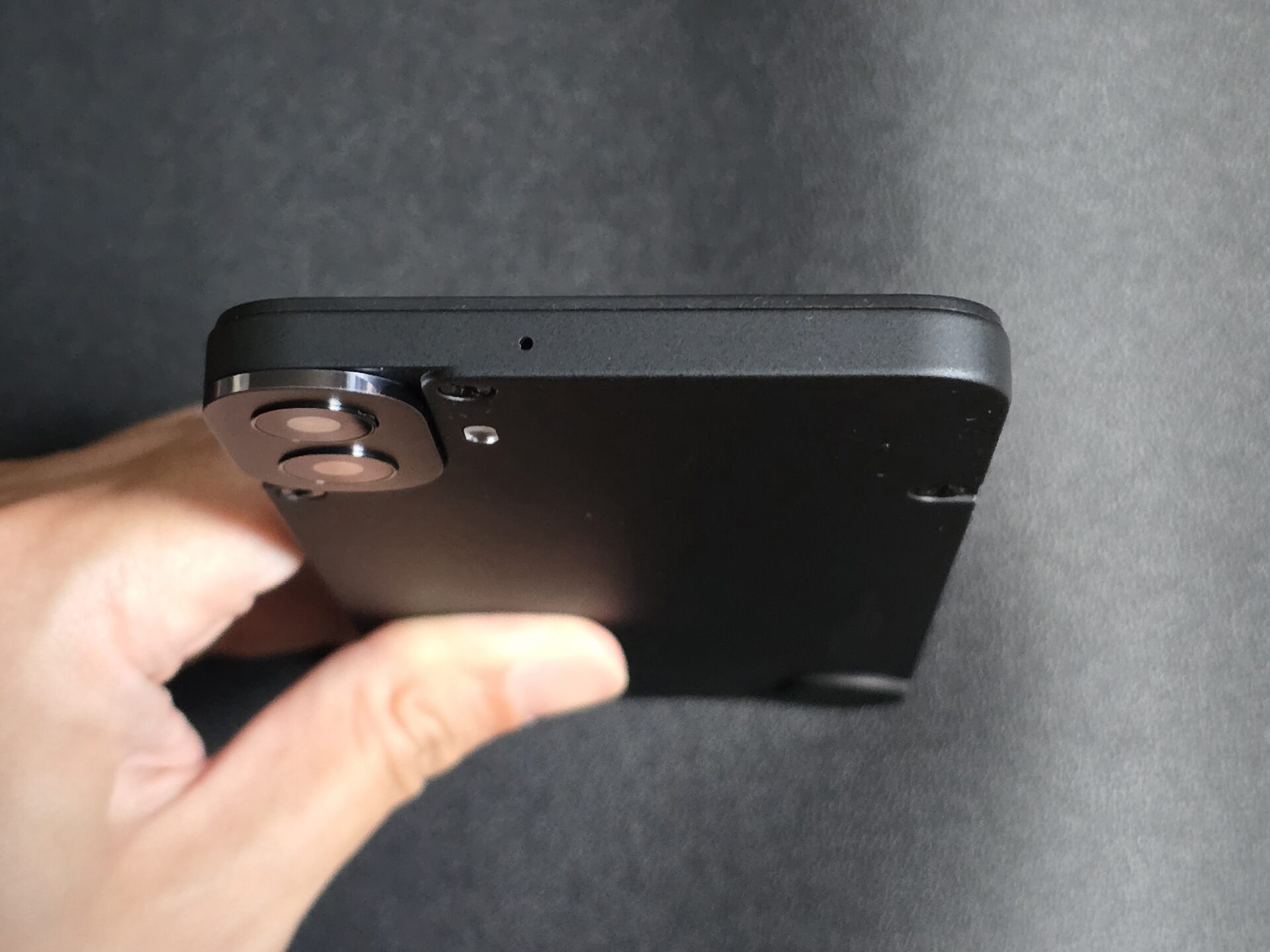
At its budget price point, the CMF Phone 1 is an excellent offering by Nothing. Founder Carl Pei’s past experience in the field shows when most of his company’s products appear to have good design with few quality complaints.
The battery life wows, and the hardware choices make sense despite a limited budget. The camera may not beat a Google Pixel, but performs better than mainland Chinese midrange competition – especially in daytime shots. We haven’t talked much about the software, but that is because it is classic Nothing – bloat free and snappy.
The omission of NFC will definitely be felt by Singapore-based users. This, though, makes the phone an excellent choice for the senior or child at home who does not need NFC, but something reliable and decent so you spend less time troubleshooting.
